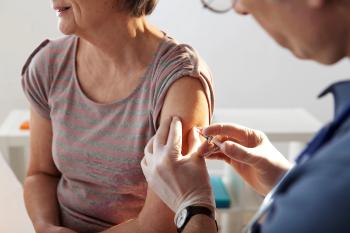
The most common reasons include finances, logistics, availability of information, and hesitancy or refusal.

The most common reasons include finances, logistics, availability of information, and hesitancy or refusal.
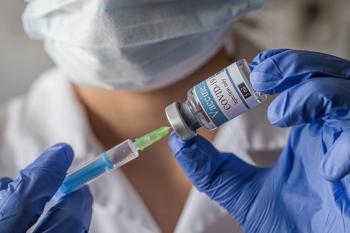
Research finds that individuals who received a COVID-19 vaccine more recently were less likely to develop long COVID.

Research presented at ASHP 2024 found that concerns around the safety of COVID-19 vaccines and the credibility of information from public health authorities were the biggest drivers of vaccine hesitancy during the COVID-19 pandemic.

Participants of a recent study who experienced more daily cognitive symptoms had a greater likelihood of reporting moderate interference with functioning, less likelihood of full-time employment, and greater severity of depressive symptoms.
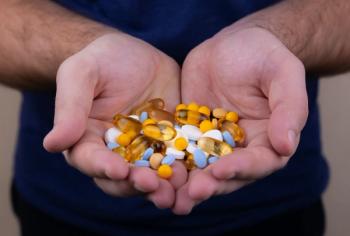
Three posters presented at ASHP Midyear 2023 delved deeper into the topic of antimicrobial stewardship programs and their impact on antibiotic resistance.
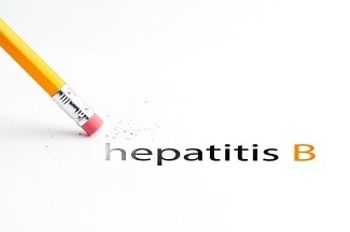
The implementation of clinical and specialty pharmacy services significantly increased the rate of patients transitioning from tenofovir disoproxil fumarate to tenofovir alafenamide.
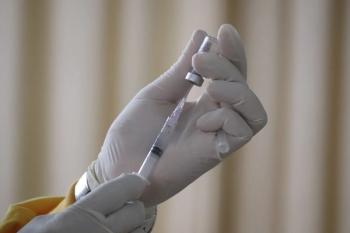
The study was supported by the National Institutes on Aging.

One of the major risk factors was a lack of follow-up healthcare services.

IgG titers were positively linked with symptom severity and certain comorbidities.

HIV risk perception and concern regarding HIV infection declined during the study.

Common cloth and surgical masks allow for the build-up of aerosol droplets over time.

While an association was found, the adverse events are very rare.

Long acting injectable PrEP therapies that are safe and effective are needed to increase options for at-risk individuals.
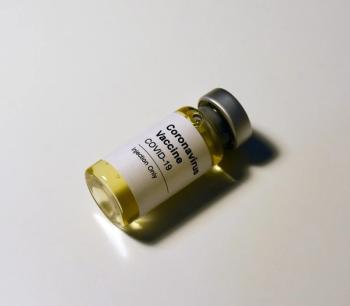
All Americans who received either Pfizer or Moderna will be eligible 8 months after their second dose.

PrEP initiations, discontinuations and lapses all increased among Latinx patients post shelter-in-place orders.

The vaccine demonstrated an acceptable safety profile in the adolescent population.
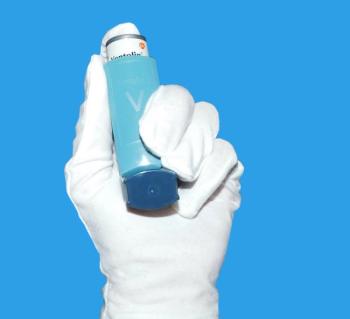
The active asthma group was not associated with a higher likelihood of mortality within 60 days.

Birth rates didn’t vary by whether the births were spontaneous or medically-indicated.

Drugs, personnel, and laboratory costs comprised 50%, 38%, and 12% of program costs.

A conversation with William Schaffner, MD.

A conversation with Anna Legreid Dopp, Pharm. D.
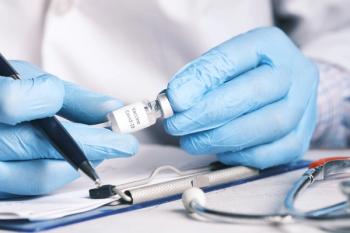
Fully vaccinated participants experienced an 80% reduction in symptomatic disease.

The study was the largest of its kind looking at the flu shot and COVID-19.

The severity and number of symptoms varied widely between individuals.

Some patients who switched appear to have done so in anticipation of clinical indications.

Findings also showed that women had a lower risk of testing positive than men.

Ownership language showed an additional boost in appointment and vaccination rates.

Fever was found to not be an early feature of disease.

An early warning system could help significantly help health systems and public officials to prepare.

More and more evidence is pointing towards persistent neuropsychiatric symptoms in people who had the disease.

Published: December 14th 2020 | Updated:

Published: January 28th 2021 | Updated:

Published: June 11th 2021 | Updated:

Published: February 5th 2021 | Updated:

Published: February 12th 2021 | Updated:
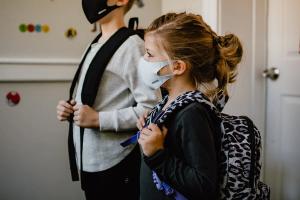
Published: May 14th 2021 | Updated: